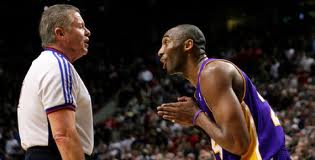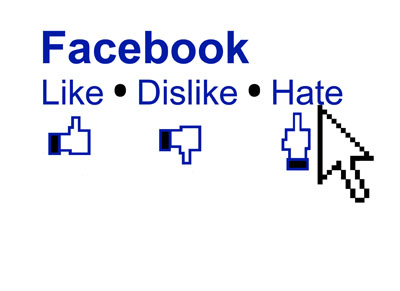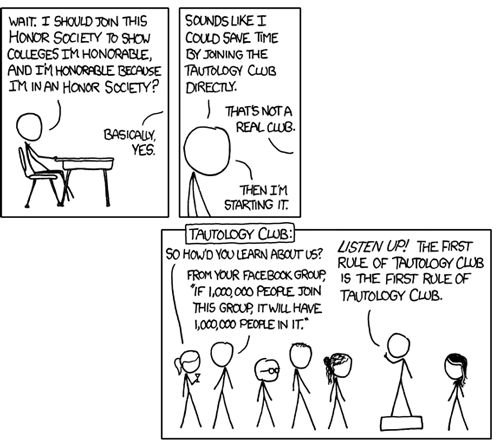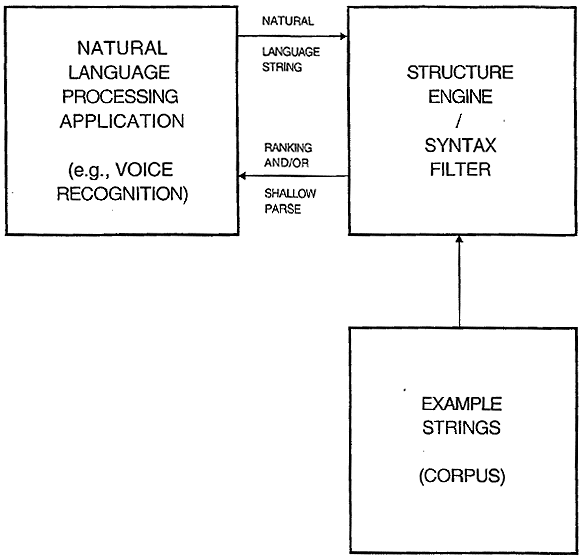If there's one thing I learned in the data world, it's to be wary of conclusions based on a single data point. But the one I'm choosing today is compelling enough to illustrate my case :
While a movie with a given number of negative reviews used to lose 30% on average of its initial audience one week later, some 20 years ago, it loses about 50% of that number on average today
Rotten tomatoes are getting stinkier. Or in another terms : Word of mouth is becoming more effective. Whether marketing is still of any use, there is no doubt. But whether it is still as capable, I doubt it. Auto-marketing - a product markets itself - is the new norm. No wonder why build quality and design are on the rise : If marketing used to act as the blur on the showcase window, it just got wiped off but the speed of reach of the feedback of the many. To draw a comparison : We used to live in a valley from the top of which some druid would shout what he saw on the other side. Now we're all in an echo room ... on the top of the valley. Bye Bye druid
We can hear you now
So it comes as no surprise that Google bought Fflix.com for $10M : a start-up that was aggregating tweets about movies to semantically draw a top 10 of newly released movies, hence doing rottentomatoes.com's work automatically. The famous HP Labs paper "Predicting the Future With Social Media" by Sitaram Asur and Bernardo Huberman, analyzed 2.89 million tweets from 1.2 million users referencing 24 movies released over a three month period. Here's a break-down of the results :
The study looked at the pre-launch buzz such as the release of trailers, it found:
- Very few retweets because "people tend to describe their own expectations and experiences, which are not necessarily propaganda."
- URLs in the pre-release tweets didn't seem to have much effect on popularity of the movie, a surprising discovery since pre-launch publicity should contribute to success in the box office.
The study then looked at the first week of release and found a high correlation between the rate of pre-launch tweeting and the success of the opening weekend.
Hollywood understands this. It is getting harder and harder to fool people and one day marketing will be unable to out-voice the echo room. In his 9th request to start-ups, Paul Graham asks the Silicon Valley entrepreneurs to "Kill Hollywood" saying this about Hollywood's health :
The main reason we want to fund such startups [the one that'll go after Hollywood] is not to protect the world from more SOPAs, but because SOPA brought it to our attention that Hollywood is dying [Hollywood supported SOPA - the anti-Internet bill]. They must be dying if they're resorting to such tactics. If movies and TV were growing rapidly, that growth would take up all their attention. When a striker is fouled in the penalty area, he doesn't stop as long as he still has control of the ball; it's only when he's beaten that he turns to appeal to the ref. SOPA shows Hollywood is beaten. And yet the audiences to be captured from movies and TV are still huge. There is a lot of potential energy to be liberated there.
Killing Hollywood
So how do you kill Hollywood ? You beat it. On every possible front you can imagine. Most importantly though, you beat it at its own game, on its own field : Content. And more precisely : Quality content curation since Hollywood, at the end of the day, is like an excellent museum curator choosing the best for you to view and putting up the right teams to deliver it. Graham goes on to write, and this is worth a read for any entrepreneur :
How do you kill the movie and TV industries? Or more precisely (since at this level, technological progress is probably predetermined) what is going to kill them? Mostly not what they like to believe is killing them, filesharing. What's going to kill movies and TV is what's already killing them: better ways to entertain people. So the best way to approach this problem is to ask yourself: what are people going to do for fun in 20 years instead of what they do now?
There will be several answers, ranging from new ways to produce and distribute shows, through new media (e.g. games) that look a lot like shows but are more interactive, to things (e.g. social sites and apps) that have little in common with movies and TV except competing with them for finite audience attention. Some of the best ideas may initially look like they're serving the movie and TV industries. Microsoft seemed like a technology supplier to IBM before eating their lunch, and Google did the same thing to Yahoo.
It would be great if what people did instead of watching shows was exercise more and spend more time with their friends and families. Maybe they will. All other things being equal, we'd prefer to hear about ideas like that. But all other things are decidedly not equal. Whatever people are going to do for fun in 20 years is probably predetermined. Winning is more a matter of discovering it than making it happen. In this respect at least, you can't push history off its course. You can, however, accelerate it.
What's the most entertaining thing you can build?
One great example of the disruption of the Movie Industry is "Iron Sky" and now "Artemis Eternal" and "The Cosmonaut". These are crowd-funded movies where fans suggested ideas for the script. That's huge ! "Iron Sky" wasn' t a pure success and the script was criticized as being of B-movie quality but it was fan-produced. People made their movie and then went to the cinema to watch it !
Hacking Perception / #Step 1 / The OMG cocktail
There is a scary mix in the works and be sure it'll implode in the face of those who don't leverage it of ignore it. It's not only the result of the what tech is enabling but really the synergy between what is buried inside us and these newly acquired abilities. So for better or worse, here's, exclusively for your hungry eyes, the OMG cocktail :
- The power of the benchmark : We always react relative to a consensus. This is very quantifiable in financial markets : The discrepancy between reality and expectations has a direct impact on the immediate future performance of a given stock. Hence, one should not look at whether a news is good or bad, rather at how it stakes up relative to the consensus. A bad news that is not as bad as expected will actually cause the stock price to increase for example. The benchmark is everything : It is the anchor, the reference, the masses' lighthouse. Now, why are the markets becoming more volatile nowadays ? Because more and more people have access to the markets and because money is able to move more quickly. These are two main ingredients of the OMG cocktail : Speed + Mobs.
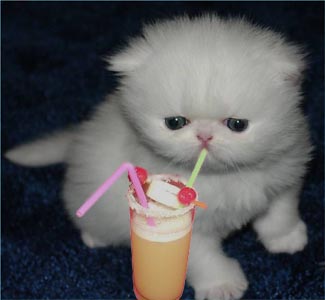
- The power of deception : Nelson and Tsay, also Black in 1996, showed how volatility is higher after a fall than after a rise in the price of a stock. This is what you would call a skew in perception. This echoes another behavioral statement saying that the dis-utility of a loss is twice higher than the utility of a gain, in absolute terms. In other terms, the sentiment following a loss is stronger, in absolute value, than the one following a gain. Again : The intensity of your sadness when you lose a $1000 is bigger than intensity of your joy when you win a $1000. And this might also remind marketers of the fact that an unhappy customer will communicate his discontent to much more people than a happy one. That's probably why Facebook hasn't put a dislike button. Imagine a dislike button on a brand's page if it was dealing with activists. it would explode under pressure. The downward curve is much steeper than the upward one. Look at YouTube. The reason why brands apprehend it is because discontent is clear. The big thumb down is right there for everybody to click. No need to g through the comments.
- The power of omission : But though there are more people on the markets, that doesn't mean they are more efficient. Why ? Because there is much more information than can be processed. The exponentiation of information quantity is simply unprecedented and should humble even the largest hedge funds' research labs. Behavioral finance shows we never incorporate all available information. We are not able to. So in a word where it is becoming more abundant, we can expect more and more pricing imprecision. This means more and more under-pricing - and hence more arbitrage opportunities - but also more over-pricing, potential bubbles and crisis.
- The power of form : Funny how a rebate on your mobile is better than a price reduction, even if you end up saving the same sum. Same for financial markets : Announcing a one cent per share gain is more likely than announcing a loss of one cent per share. The latter pervades a negativity the company will prefer to avoid, though in both cases, one cent is just as inconsequential. But words have their weight. Form has its weight. And perception is a very subtle thing to handle.
- The power of repetition : Mistaking repetition for truth, as Daniel Haun, writes is inherent to all of us. It's called the illusion of truth effect. Obviously, this is great when we need to learn things. But when it comes to false news and information, it can be disastrous. I believe in the necessity of a trauma-based approach to economics for example. Repetition is the reason why sometimes the perception of negativity is lasting, even at the scale of a population : The reason why Germans are so reluctant to European interest rate decreases is probably because of the the German hyperinflation trauma which makes them very sensitive to everything relating to inflation. They've heard the story so many times, it seems meddling with it would be the worst decision.
- The power of real-time : The Speed + Mobs equation presented above is the idea of one Edge writer : Alan Alda. Another author also points out that it's much more than the quantity of information. Encyclopedia's have always been there. It's about availability and ease of access. That's the real big leap here. And that is real-time. Le Web's theme for this year was "Faster than real-time" and as you might expect the only way to achieve this is to predict your behavior. To know what you'll want before you want it. You got to a new city and haven't booked an hotel. The second you turn to your phone, you have a list of suggestions.
- The power of the very few : A study based on the US budget decision episode where the Tea Party ended up having the upper hand, showed that all you need is 10%. A solid stubborn 10% can convert a whole crowd. But just keep at it and you'll shift the masses' opinion. This is one of the reason's that makes Reverse marketing so effective as in the example of the "Save the Troy Library" campaign below
[youtube=http://www.youtube.com/watch?v=nw3zNNO5gX0]
Now if you look back at all the ingredients of the OMG cocktail, you can see that every single determinant of the perception funnel is :
- Subject to bias
- Being empowered today
What Hollywood's demise goes on to show however is not only that incumbents will systematically hold on to their forts but rather that industries, companies, individuals who don't listen and act upon feedback are quintessentially doomed. And feedback, which is very dependent upon perception. So since the latter is changing, as we've shown, the former is bound to.
Hence the necessity and the need for experimental marketing. Because of the punctual and reactive nature of social media, people rarely come up with "Red Bull is fun" spontaneously. Their posts and statuses are usually reactions. In this case, one they had after seeing a Red Bull event. So the rationale here is to launch experimental campaigns and monitor and observe reactions through social media. This is one of the best implementations of Nano-economics. Natural-language processing and sentiment analysis would obviously be part of the equation so it's much more about spotting the trend than understanding what, say, 71% means compared to 89%. It's dynamic not static.
And the idea here is that the tools aren't lacking to make real-time marketing monitoring work. Since Marketing is a budget-heavy department, better be sure it's effective :
- Mobile potential : Today, apps are an efficient data yielding platform, making Marketing accountability much more feasible
- Indicator innovation : Interesting indicators such as Milward Brown's BrandZ study are becoming more relevant. Brown calculates earnings attributable to a brand by taking tangible asset value off a brand's value - how much of the earnings can be attributed to a close bond with its customers and growth potential for the brand-driven earnings
- New platforms : On the other hand, social media analytics companies - such as Lythium, Radian 6, Sysomos, Trendr, Viral heat, Visible Technologies, Crimson Hexagon - are helping clients figure out what's being said about them on the social web
- Enhanced targeting : Twitter's promoted accounts (now being used for e.g. by McDonald Canada) enables advertisers to reach users in particular metropolitan markets. This, in turn, allows to narrow down effectiveness to given marketing areas

